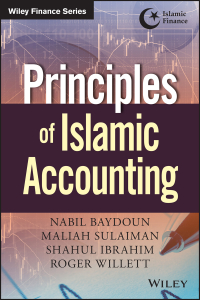

2. Consider the used-car market for the 2017 Citrus described in Section 4.B. There is now a surge in demand for used Citruses; buyers would now be willing to pay up to $18,000 for an orange and $8,000 for a lemon. All else remains identical to the example in Section 4.B. 1. What price would buyers be willing to pay for a 2017 Citrus of unknown type if the fraction of oranges in the population, f, were 0.6? 2. Will there be a market for oranges if f = 0.6? Explain. 3. What price would buyers be willing to pay if fwere 0.2? 4. Will there be a market for oranges if f = 0.2? Explain. 5. What is the minimum value off such that the market for oranges does not collapse? 6. Explain why the increase in the buyers' willingness to pay changes the threshold value off, where the market for oranges collapses. B. The Market for "Lemons" Think of the market in 2020 for a specific kind of used car-say, a 2017 Citrus. Suppose that in use, these cars have either proved to be largely trouble free and reliable or have had many things go wrong. The usual slang name for the latter type of car is "lemon," so for contrast, let us call the former type "orange." Suppose that each owner of an orange Citrus values it at $12,500; he is willing to part with it for a price higher than this, but not for a lower price. Similarly, each owner of a lemon Citrus values it at $3,000. Suppose that potential buyers are willing to pay more than these values for each type. If a buyer could be confident that the car he was buying was an orange, he would be willing to pay $16,000 for it; if the car was a known lemon, he would be willing to pay $6,000. Since the buyers value each type of car more than do the original owners, it benefits everyone if all the cars are traded. The price for an orange can be anywhere between $12,500 and $16,000; that for a lemon anywhere between $3,000 and $6,000. For definiteness, we will suppose that there is a limited stock of such cars and a larger number of potential buyers. Then the buyers, competing with one another, will drive the price up to their full willingness to pay. The prices will be $16,000 for an orange and $6,000 for a lemonif each type can be identified with certainty








